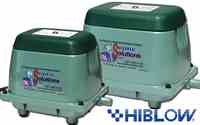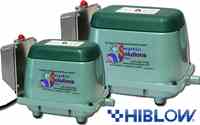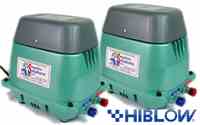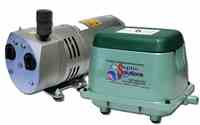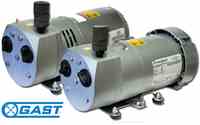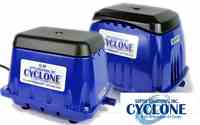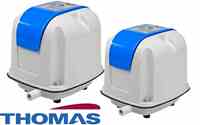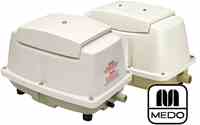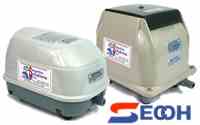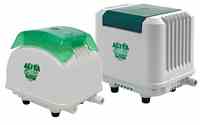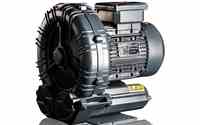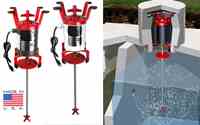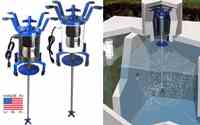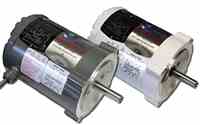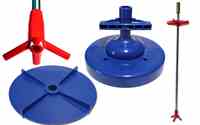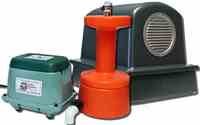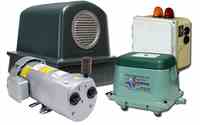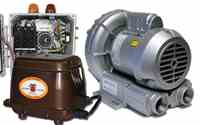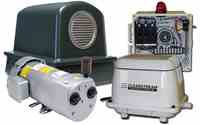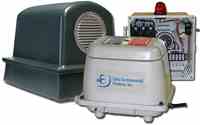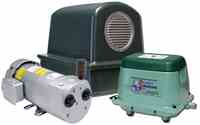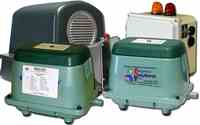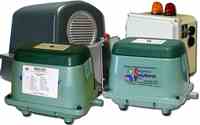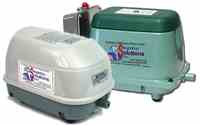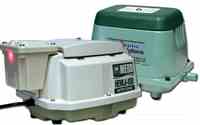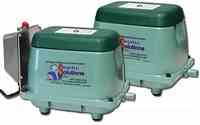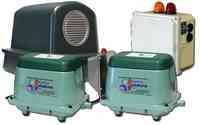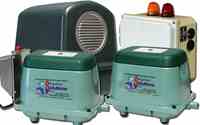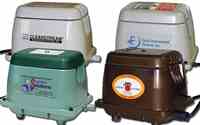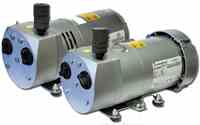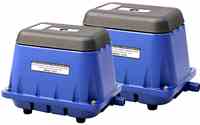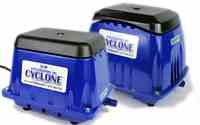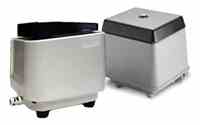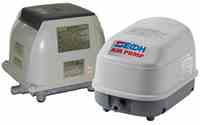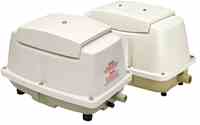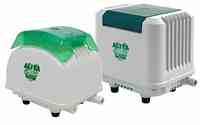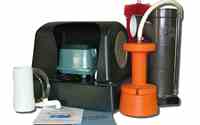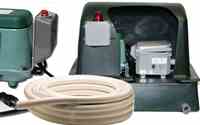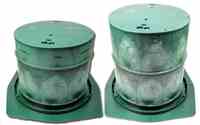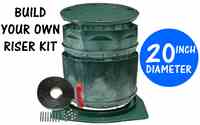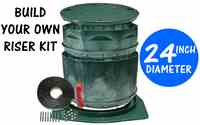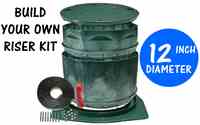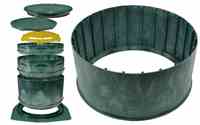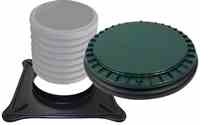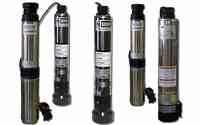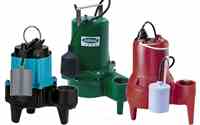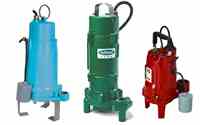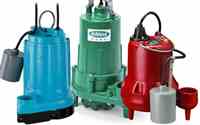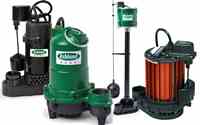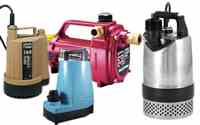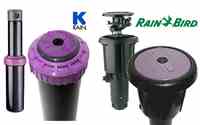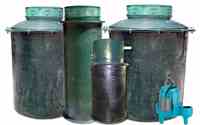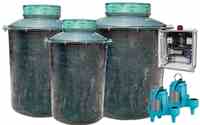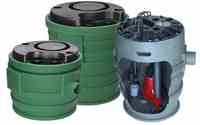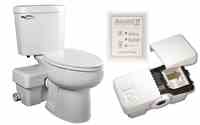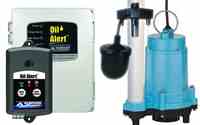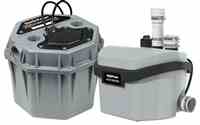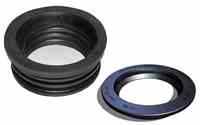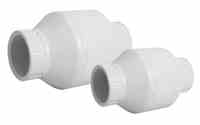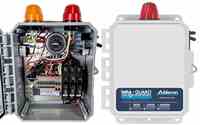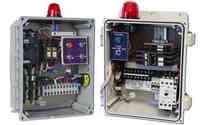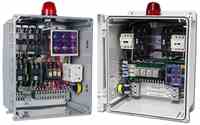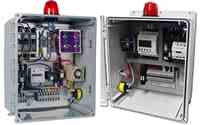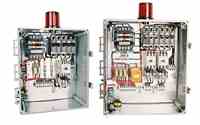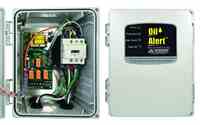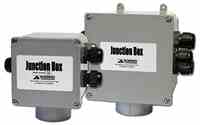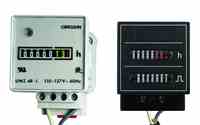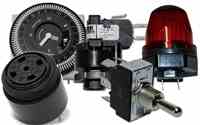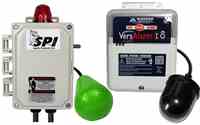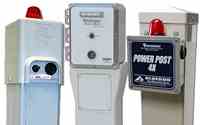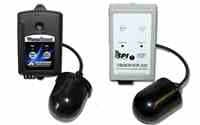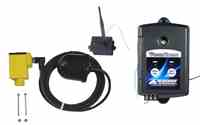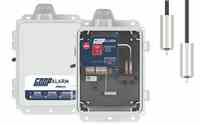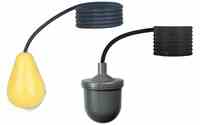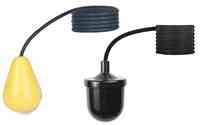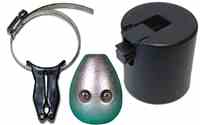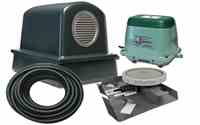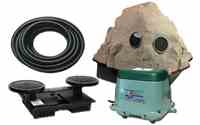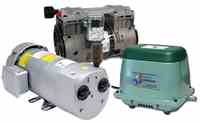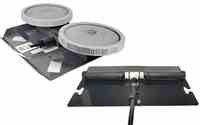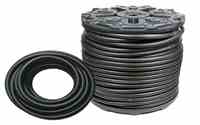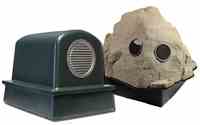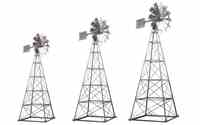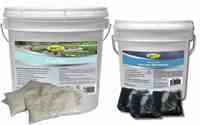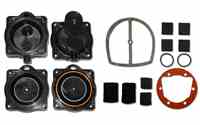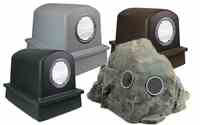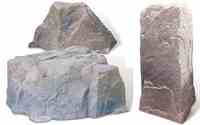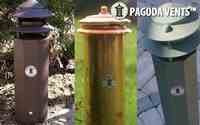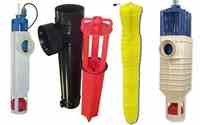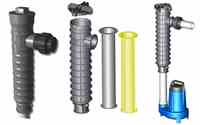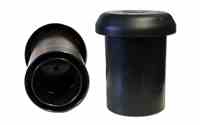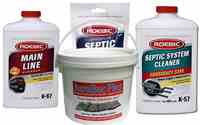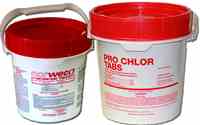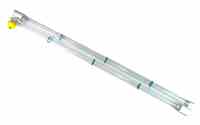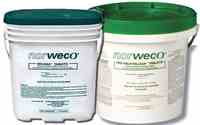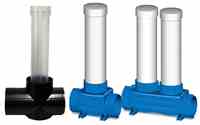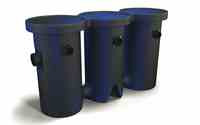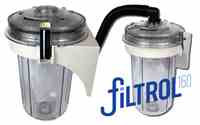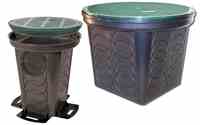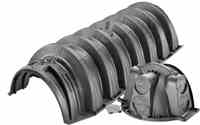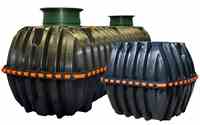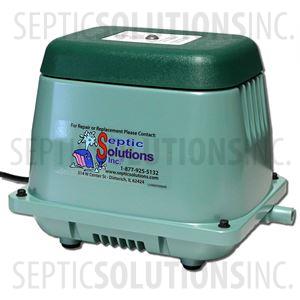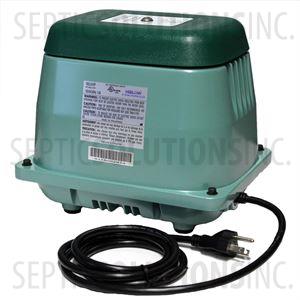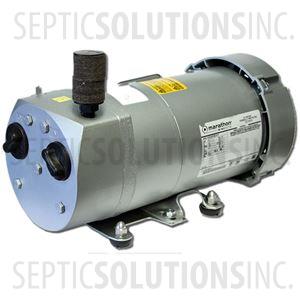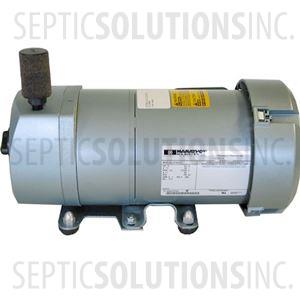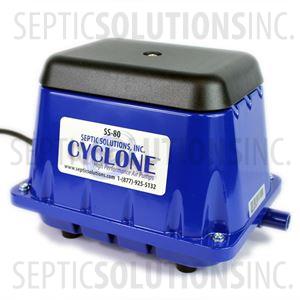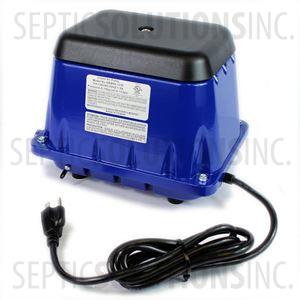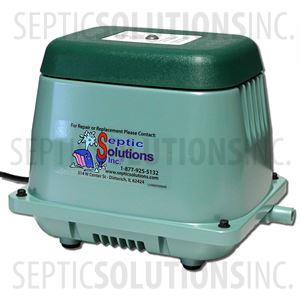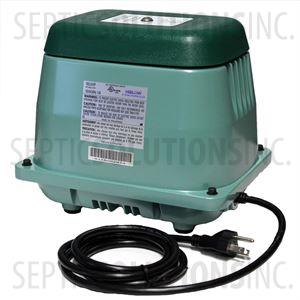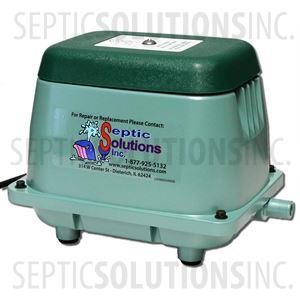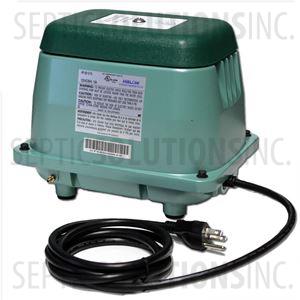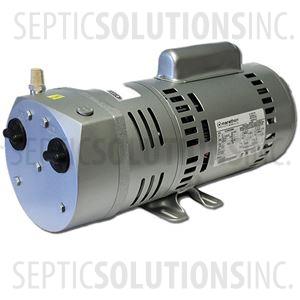Septic Air Pumps - The Lifeline of Your Aerobic System
Updated: July 30, 2025
There are many common misconceptions about what exactly is the purpose or importance of the air pump or aerator in an aerobic septic system. In this article I will discuss in further detail the importance of your air pump and why exactly it needs to be maintained and running properly at all times.
AEROBIC SYSTEMS VS. CONVENTIONAL SEPTIC SYSTEMS
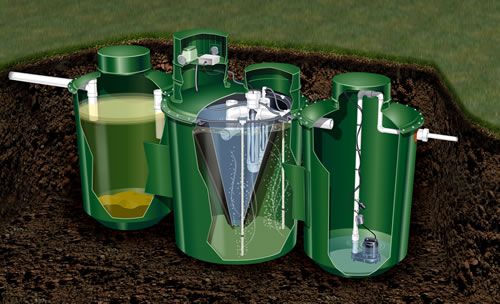 Aerobic Treatment Systems are an advanced form of wastewater treatment. They usually consist of one multiple chambered tank or multiple tanks, with a number of stages. These stages usually include a solids collecting tank (trash tank), the aeration chamber, and a settling tank. Most even have a fourth stage for disinfection (Chlorine or Ultra-Violet) which can also double as a pump chamber. An Aerobic Treatment System can process waste and discharge better than 98% clear odorless water. Generally these systems will surface discharge either to a ditch or pond, spray irrigation system, or drip irrigation system.
Aerobic Treatment Systems are an advanced form of wastewater treatment. They usually consist of one multiple chambered tank or multiple tanks, with a number of stages. These stages usually include a solids collecting tank (trash tank), the aeration chamber, and a settling tank. Most even have a fourth stage for disinfection (Chlorine or Ultra-Violet) which can also double as a pump chamber. An Aerobic Treatment System can process waste and discharge better than 98% clear odorless water. Generally these systems will surface discharge either to a ditch or pond, spray irrigation system, or drip irrigation system.
Conventional Septic Systems usually consist of a single or double compartment tank which collects the large solids and allows the liquids to pass on to a secondary treatment system (drain field, mound system, sand filter, etc.). These types of systems require very little maintenance and hardly any mechanical components and the wastewater is dealt with below the surface.
Now that you have a brief overview about the two main types of septic systems, you are probably wondering what this has to do with air pumps. Well I will tell you.
THE SEPTIC AIR PUMP - IT GOES BY MANY NAMES
The air pump can go by many names on an aerobic system and the following are only a few: Septic Air Pump, Septic Aerator, Aerator Pump, and Compressor. For simplicity sake in this article we are going to refer it as a Septic Air Pump.
THE LIFELINE TO YOUR AEROBIC SYSTEM
The septic air pump is literally the lifeline of your aerobic system. The system cannot function the way it was designed without the air pump working. The actual purpose of the air pump is two-fold. First, the air pump puts oxygen into the water allowing the formation and survival of Aerobic bacteria. These Aerobic bacteria are what eat up all of the waste in the tank. They are much larger and more efficient at processing waste as compared to the anaerobic bacteria found in a conventional septic system.
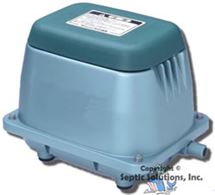 Secondly, the air pump creates an action in the tank that breaks down large solids into tiny particles, making it very easy for the bacteria to attach to and devour the waste.
Secondly, the air pump creates an action in the tank that breaks down large solids into tiny particles, making it very easy for the bacteria to attach to and devour the waste.
If you air pump quits working on your aerobic system, over a period of about 2 weeks the system will begin to turn back anaerobic. The biggest problem with this happening is that there is no secondary treatment system behind your aerobic system, as you have in a conventional anaerobic septic system. Once the aerobic system turns back anaerobic, instead of producing a clear odorless discharge the effluent will be closer to raw sewage. As you may realize, raw sewage discharging into a ditch, lake, or pond, or being sprayed on your lawn is not a good thing. This is why it is important to your system for the air pump to be up and running.
SIZE DOES MATTER
The other misconception is that the air pump just puts air in the water, so it doesn’t really matter which size is used. Nothing could be further from the truth. Air pump sizing is actually very important to the operation of your system, and not every system will use the same size air pump. If you have been our website, then you already know there are many different types and sizes. The air pump size is normally determined by the volume capacity of the tank, the style of air diffusers in the tank, and how many GPD (Gallons Per Day) the system is designed to treat.
Our sales team can make sure you get the right size pump if you are unsure about this aspect of buying a new one. In most cases we only need either the model number of the pump you are replacing, or the brand of your aerobic system and the GPD that it is rated to treat. Again, size does matter and it is very important that you get the correct air pump for your system.


